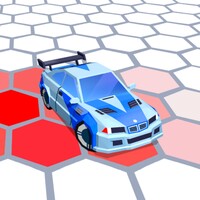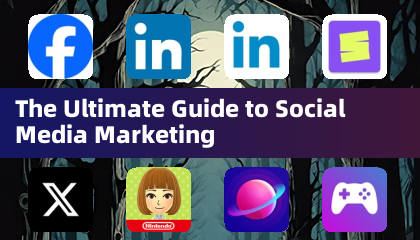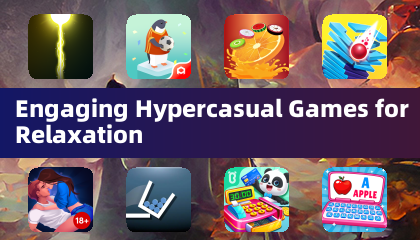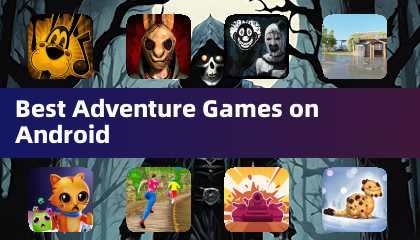This app helps preschoolers and early elementary students learn to read and write the Spanish alphabet. It leverages children's familiarity with computers and tablets to reinforce classroom learning.
Method:
The "Learn to Read Spanish with Phonics" app uses a game-based approach, suitable for ages 3-7 (and helpful for adult pronunciation improvement). The method features letter tracing and 30 lessons progressing from vowels to consonants (L, M, S, T, P, N, D, F, H, C, Q, CH, G, GUE, R, -rr-, -R, B, V, J, GE, GUE, Y, Z, CE, LL, X, K). Each lesson includes 11 games, each with two difficulty levels. This encourages children to participate actively, even if they don't understand everything initially. Consistent, short practice sessions are recommended, regularly reviewing previously learned material. The key is to make learning fun.
Levels:
Each game offers two difficulty levels, allowing children to progress at their own pace. The first level is designed for 3-year-olds (with parental/teacher assistance), while the second level presents more complex challenges. Children earn virtual fruits as rewards. Parents and educators should adjust the difficulty to suit the child's abilities, avoiding pressure to rush through the levels.
Abilities Developed:
The app helps develop key skills, including:
- Visual and auditory memory
- Identification and association
- Discrimination
- Comprehension
- Literacy
Options:
The app offers several customizable options:
- Home Screen: Background music on/off, full-screen mode.
- Menus: Font selection (uppercase, lowercase, cursive), automatic activity on/off (auto-switches games after a set number of exercises), syllable shuffling.
Achievements:
Up to three user profiles can be created. Progress tracking shows correct/incorrect answers and a percentage score represented by fruit. Collecting fruit motivates children. A detailed progress report is also available.
Games:
The app includes a new alphabet section, teaching letter recognition, syllable formation, and word writing through tracing, copying, and free-writing modes. The 11 games per lesson are:
- Dolphin: Word and syllable breakdown.
- Balloons: Syllable letter identification.
- Clouds: Syllable shape tracing.
- Crabs: Syllable formation from letters.
- Butterflies: Syllable identification.
- Bees: Initial syllable identification in words.
- Snake: Word formation using syllables.
- Monkeys: Word formation from letters.
- Parrots: Word recognition and reading.
- Mouse: Word order and sentence reading.
- Snails: Sentence formation from words.
For technical support or feedback, contact: [email protected]

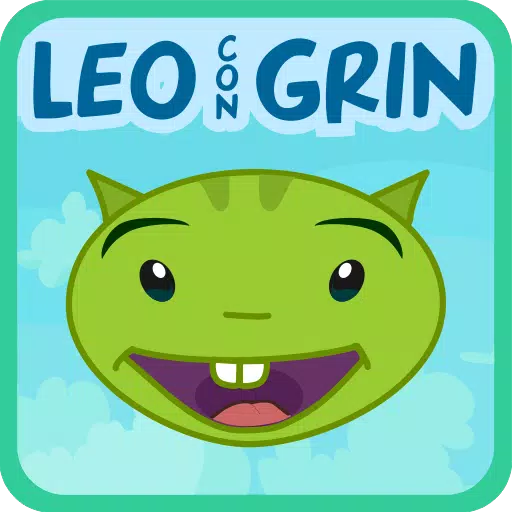
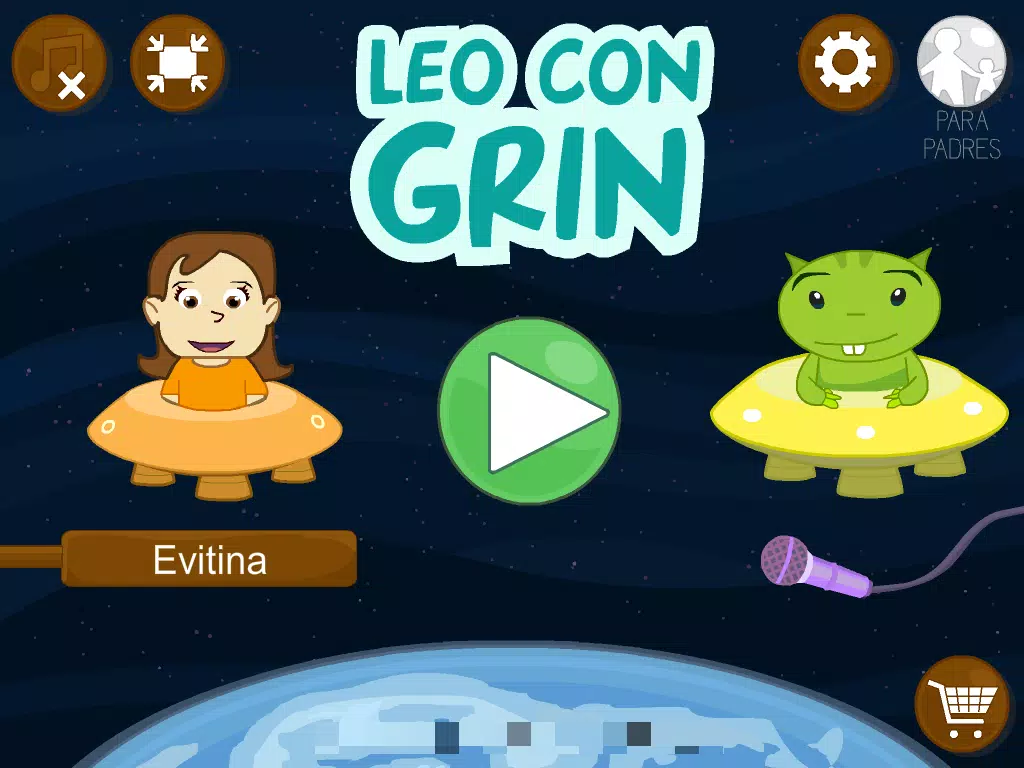
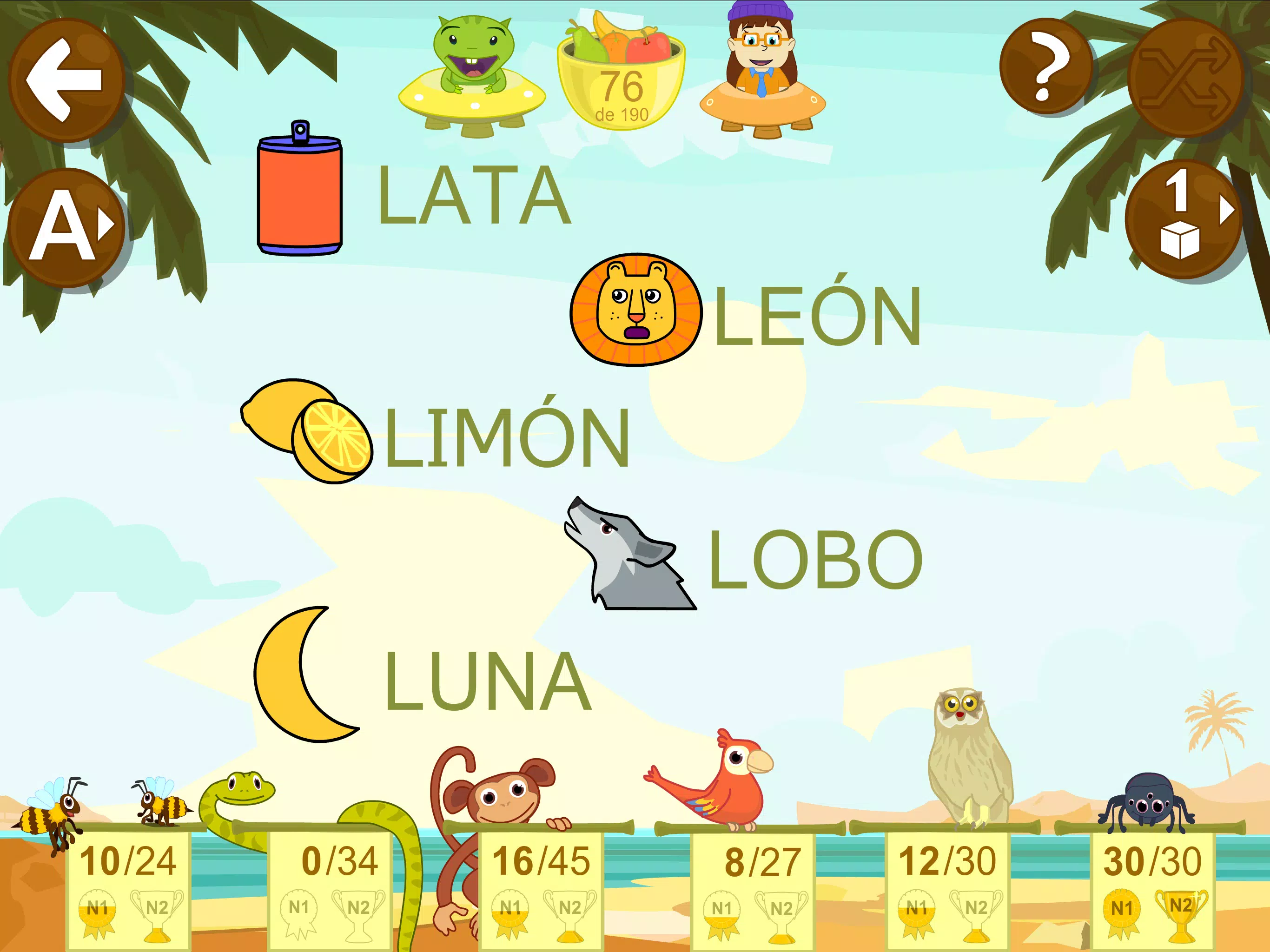
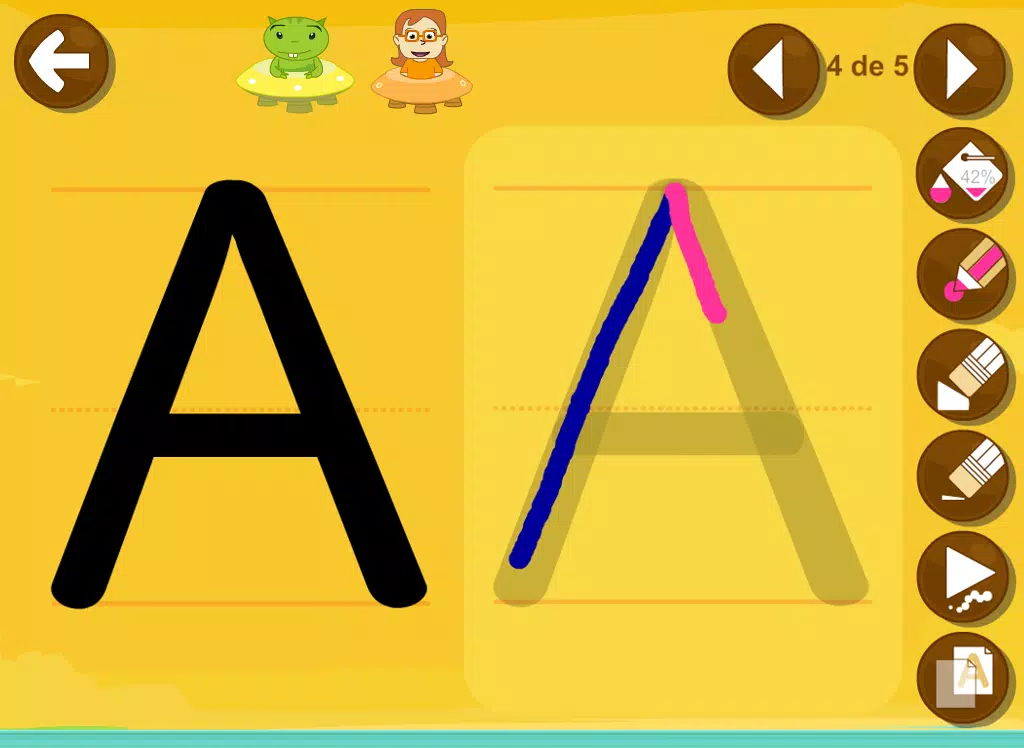
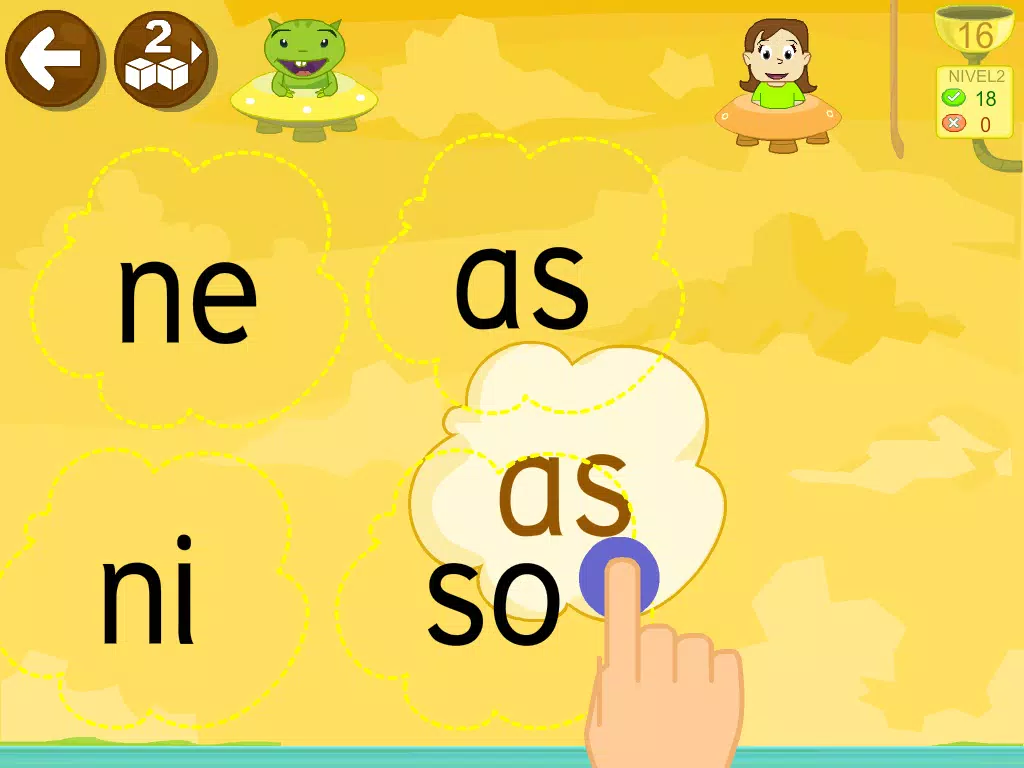
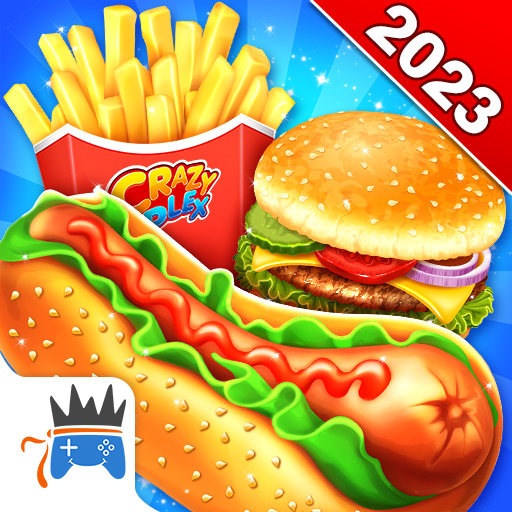

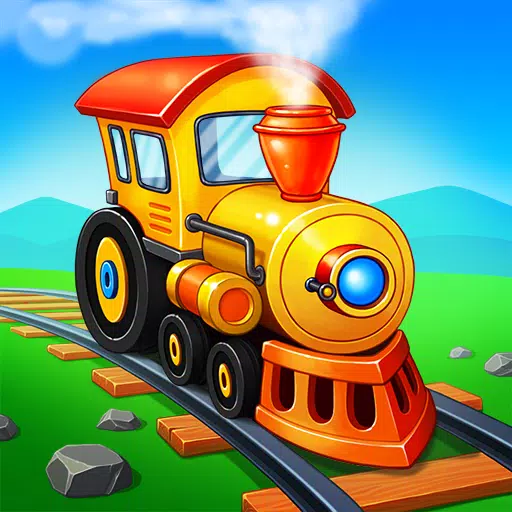
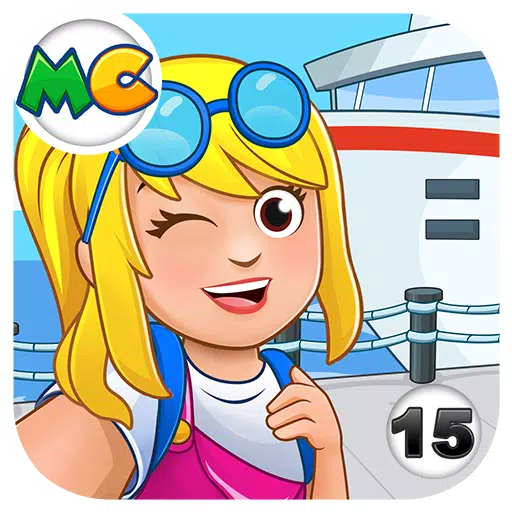
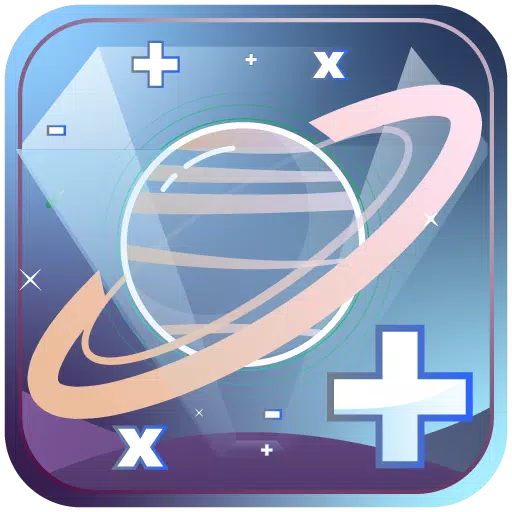
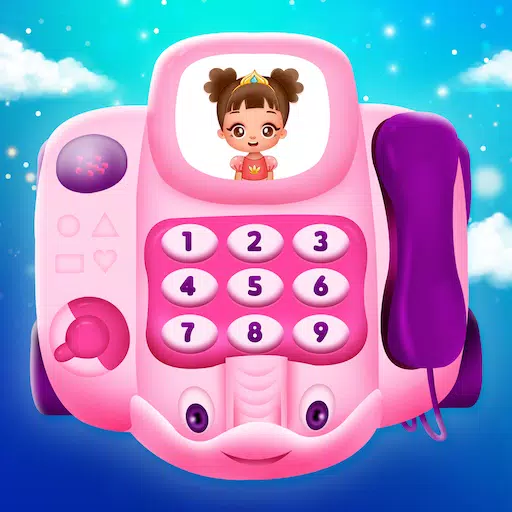
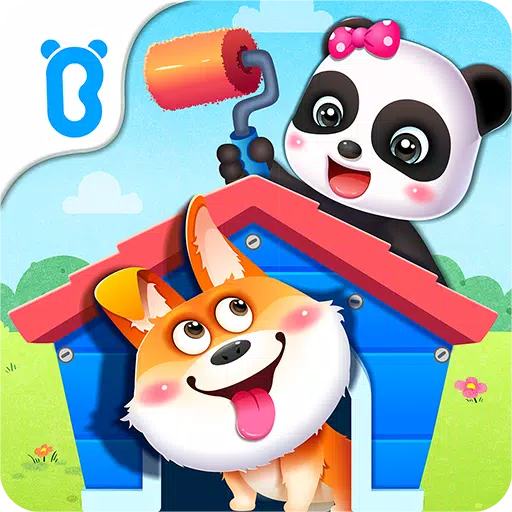
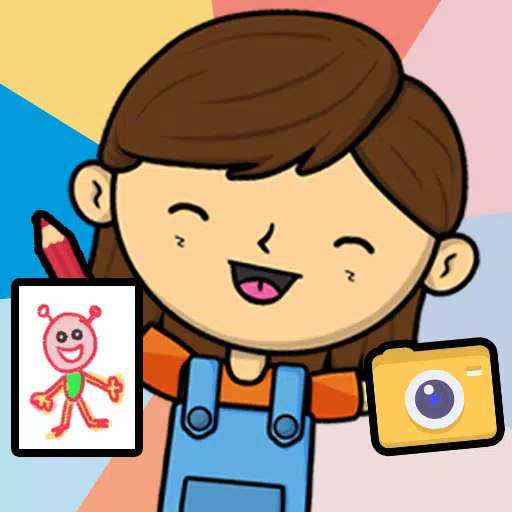

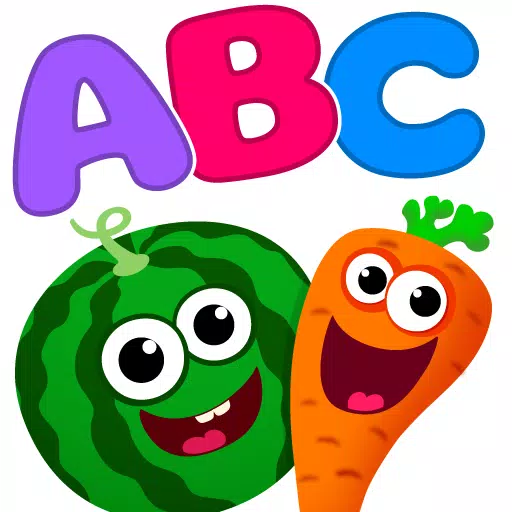

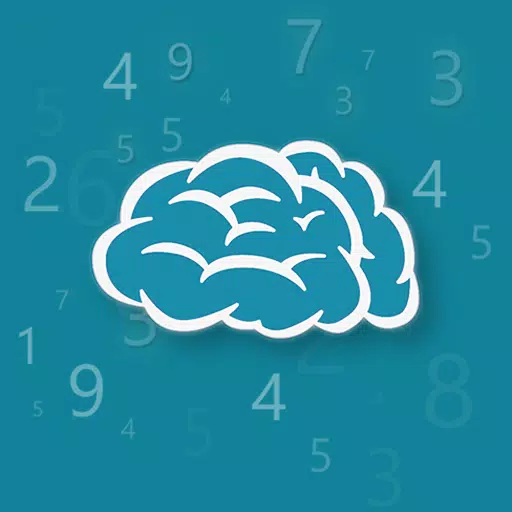
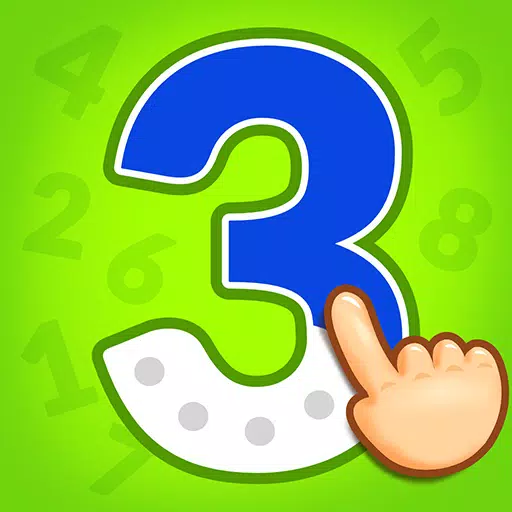



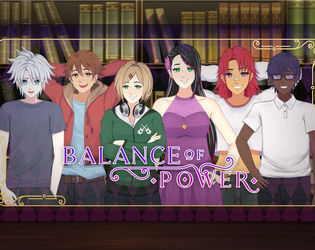


![My Cute Succubus - Girls in Hell [18+]](https://img.2cits.com/uploads/98/17315786356735cb0b46adf.png)
